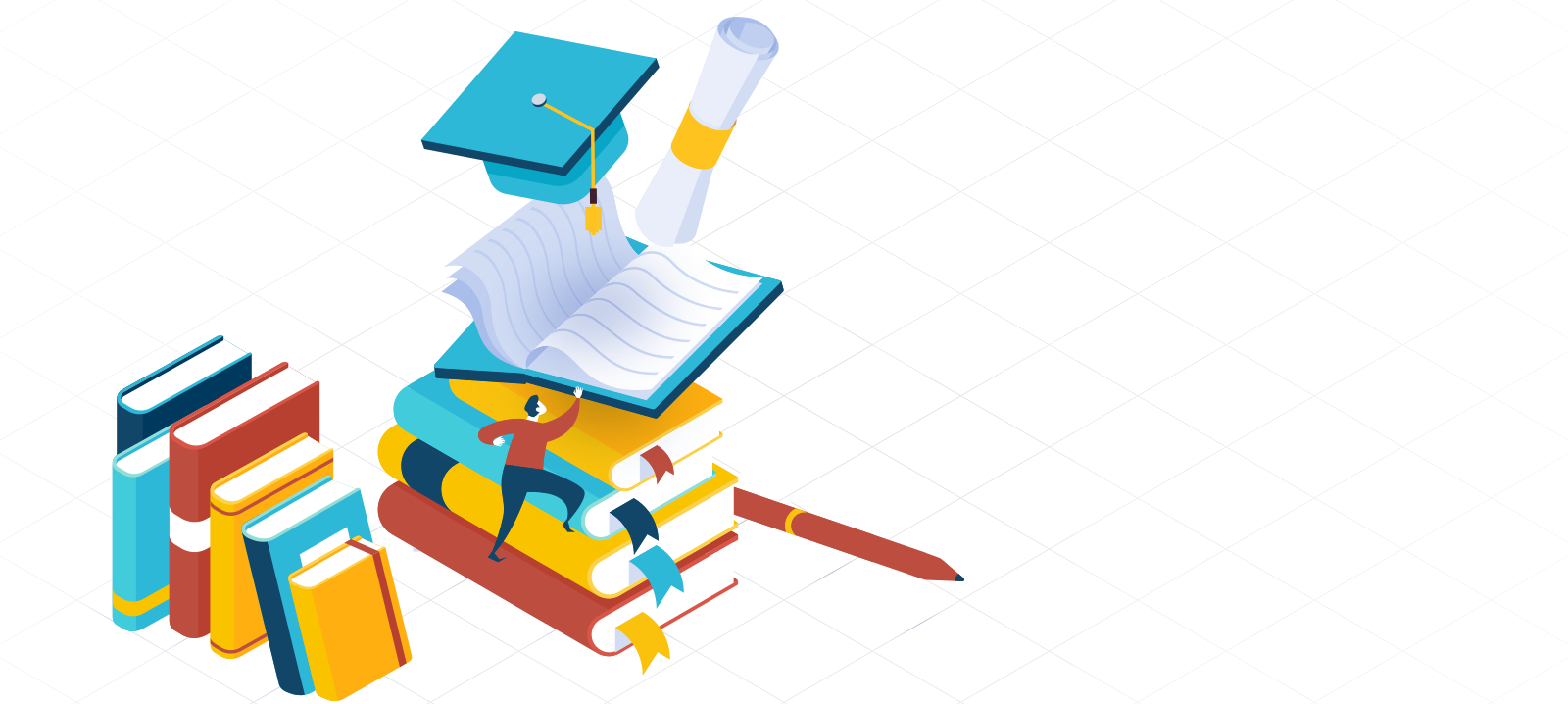How to Draw a Healthy Food Plate
Creating a balanced diet is essential for maintaining good health and well-being. One practical way to visualize what a healthy diet looks like is by drawing a healthy food plate. This visual representation can guide meal planning and encourage balanced food choices. In this blog post, we will explore the steps to draw your own healthy food plate, discuss the importance of each food group, and provide tips on portion sizes. By understanding these elements, you can create a personalized food plate that promotes health and vitality.
Understanding the Basics of a Healthy Food Plate
Before we dive into the drawing process, it's important to understand the components of a healthy food plate. The concept of the food plate is designed to replace the traditional food pyramid, providing a more intuitive way to manage daily nutrition. A healthy plate typically consists of four main sections: fruits, vegetables, grains, and protein, with a side serving of dairy. Each section plays a crucial role in delivering essential nutrients that our bodies need to function optimally.
Fruits and Vegetables: These should make up half of your food plate. They are rich in vitamins, minerals, and fiber, which are vital for maintaining a healthy body. Aim for a variety of colors to ensure a diverse intake of nutrients.
Whole Grains: This section should cover about a quarter of your plate. Whole grains like brown rice, whole wheat bread, and oatmeal provide energy and are high in fiber, helping to maintain a healthy digestive system.
Proteins: Another quarter of your plate should be dedicated to protein sources. Opt for lean proteins such as fish, poultry, beans, and nuts to support muscle growth and repair.
Dairy: Include a small portion of low-fat or fat-free dairy products like milk, yogurt, or cheese to provide calcium and vitamin D.
Step-by-Step Guide to Drawing a Healthy Food Plate
Step 1: Gather Your Materials
To begin, you will need a blank piece of paper, a pencil, eraser, and colored pencils or markers. These tools will help you create a visually appealing and informative food plate.
Step 2: Draw the Plate Outline
Start by drawing a large circle in the center of your paper to represent the plate. The circle should be large enough to divide into four sections comfortably. Ensure that your circle is symmetrical and evenly spaced to allow for accurate portion sizes.
Step 3: Divide the Plate
Using your pencil, divide the circle into four sections. Draw one vertical and one horizontal line intersecting at the center of the circle. The top two sections will be slightly larger to accommodate the fruits and vegetables, while the bottom sections will be slightly smaller for grains and protein.
Step 4: Label Each Section
Label each section of the plate with the corresponding food group. You can use block letters or a fun font to make it visually engaging. Remember, the top half is for fruits and vegetables, the bottom left is for grains, and the bottom right is for proteins.
Step 5: Add Illustrations
Now, it's time to get creative. Use colored pencils or markers to draw images of foods that belong to each category. For example, in the fruits and vegetables section, you might draw apples, bananas, carrots, and spinach. In the grains section, depict a slice of whole wheat bread or a bowl of quinoa. For proteins, draw a chicken breast or a handful of almonds.
Step 6: Include a Dairy Side Serving
To complete your healthy food plate, draw a small circle or square next to the main plate to represent a dairy serving. This could be depicted as a carton of milk or a cup of yogurt.
Tips for a Balanced Plate
Creating a healthy food plate involves more than just dividing sections and drawing foods. Consider these tips to ensure your plate promotes optimal health:
Variety is Key: Incorporate a wide range of foods to cover all nutrient bases. Eating a variety of foods ensures that you receive a comprehensive spectrum of nutrients.
Portion Control: Pay attention to portion sizes to avoid overeating. Use your plate divisions as a guide to control portions and prevent excessive calorie intake.
Focus on Whole Foods: Choose whole, minimally processed foods wherever possible. These foods tend to be higher in nutrients and lower in unhealthy additives.
Hydration: Don't forget about staying hydrated! While not pictured on the plate, drinking plenty of water is a crucial part of a balanced diet.
Mindful Eating: Practice mindful eating by paying attention to hunger cues and savoring each bite. This can lead to better digestion and satisfaction.
Benefits of Drawing a Healthy Food Plate
Visualizing a healthy food plate offers several benefits:
Educational Tool: Drawing a food plate can serve as a helpful educational tool for children and adults alike, promoting awareness of balanced eating.
Meal Planning: Having a visual guide makes meal planning easier, ensuring that each meal is nutritionally balanced.
Behavioral Change: Seeing a representation of healthy eating can motivate individuals to make better food choices and adopt healthier eating habits.
Creativity and Engagement: Engaging in this creative process can make learning about nutrition more enjoyable and memorable.
Frequently Asked Questions
What if I have dietary restrictions?
If you have dietary restrictions, such as allergies or intolerances, you can modify your food plate accordingly. Substitute foods that meet your dietary needs while still aligning with the principles of a balanced diet.
How can I incorporate more vegetables into my diet?
To incorporate more vegetables, try adding them to your favorite dishes, such as soups, stews, and stir-fries. You can also experiment with different cooking methods like roasting or grilling to enhance their flavors.
Is it necessary to include dairy?
While dairy can be a valuable source of calcium and vitamin D, it is not strictly necessary if you have allergies or dietary preferences. Alternatives such as fortified plant-based milks or supplements can provide similar nutrients
How can I ensure my kids eat a balanced plate?
Involve children in the process of drawing and planning their food plates. This can make them more enthusiastic about eating a variety of foods. Additionally, set a positive example by eating a balanced diet yourself.
Can I use this method for weight loss?
Yes, drawing a healthy food plate can support weight loss by providing a clear visual guide for portion control and balanced nutrition. Focus on whole foods and appropriate portion sizes to aid in weight management.
By following these steps and suggestions, you can create a personalized healthy food plate that not only guides your eating habits but also inspires a lifelong commitment to health and wellness.


















0 comments:
Post a Comment